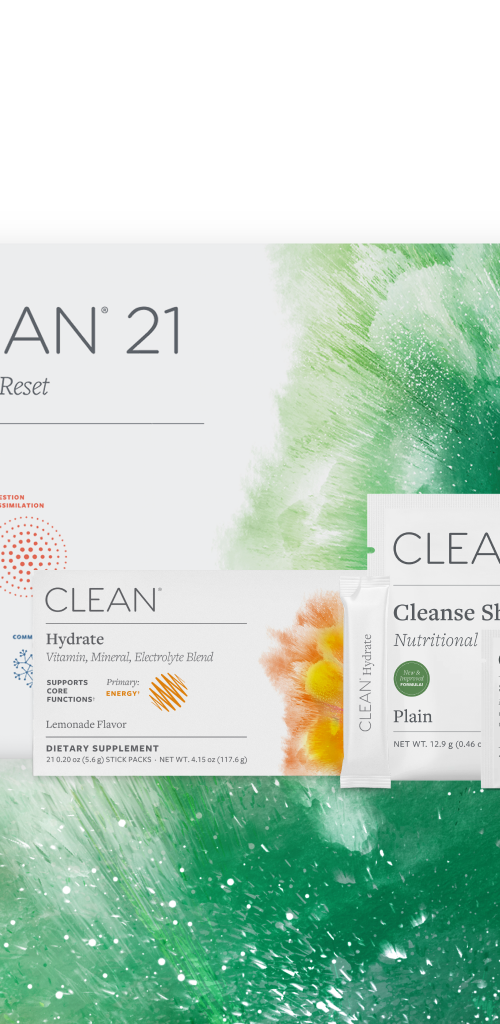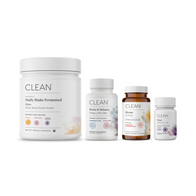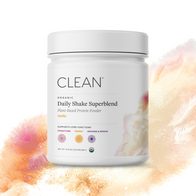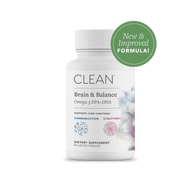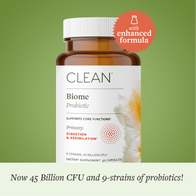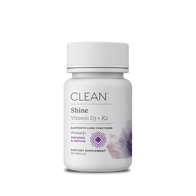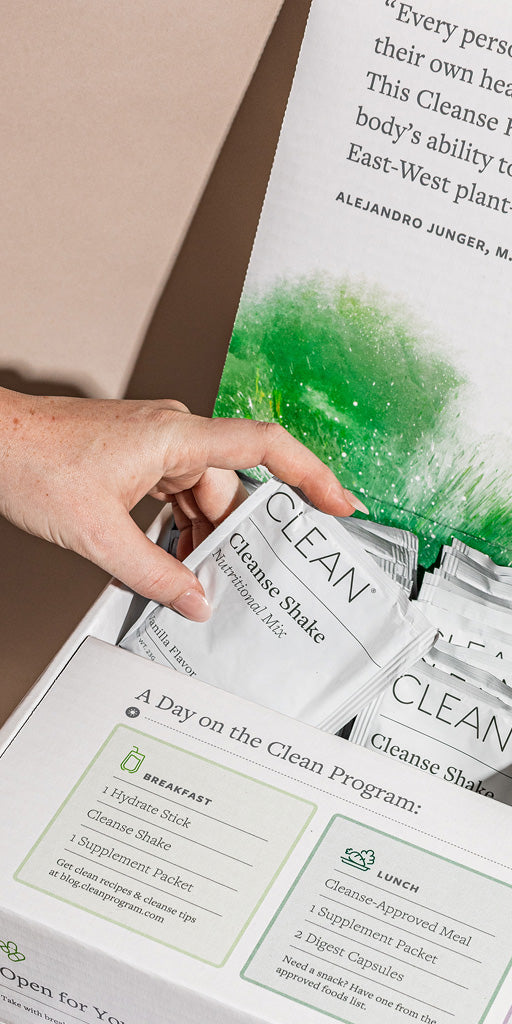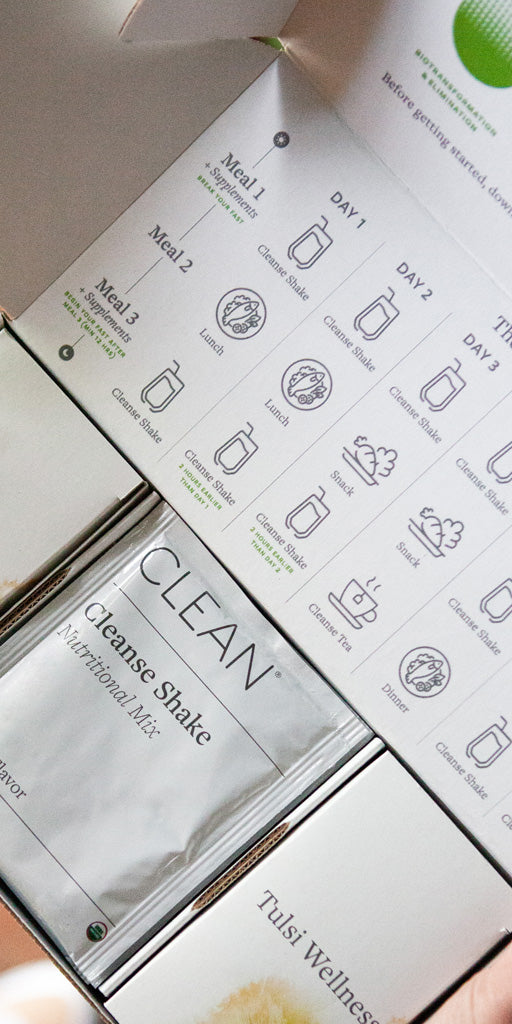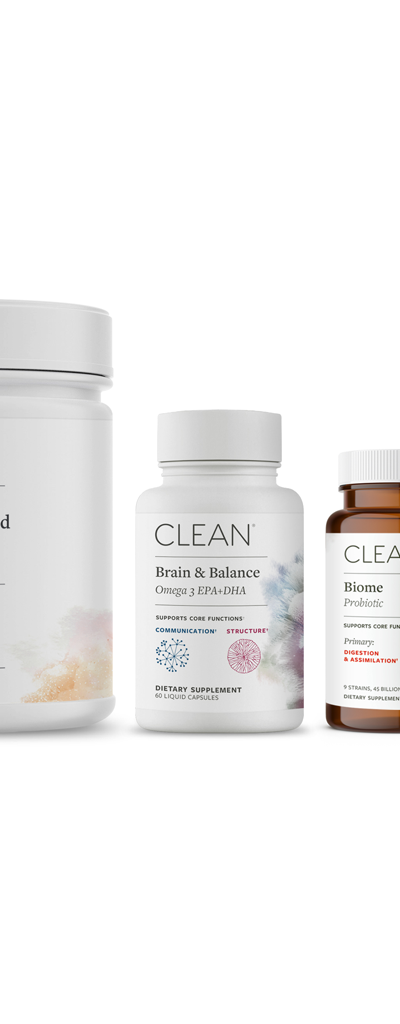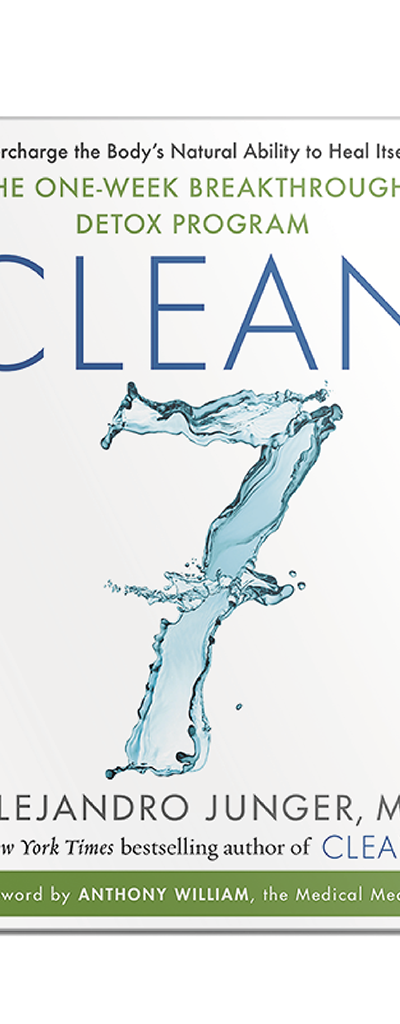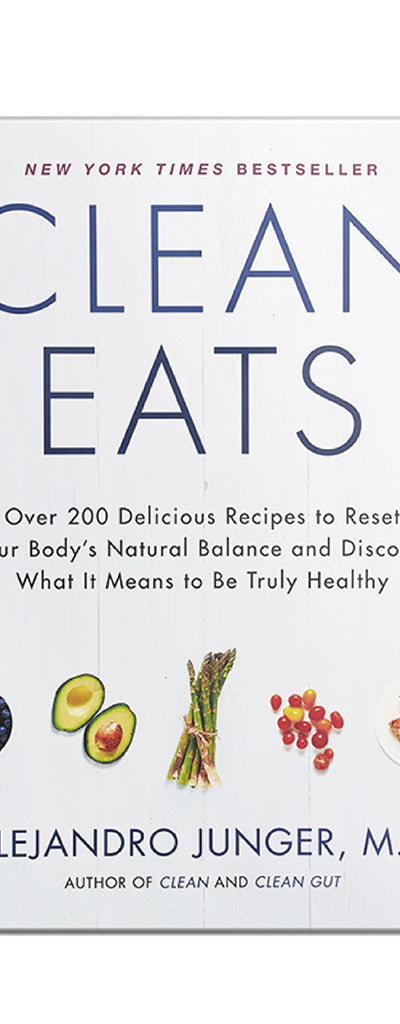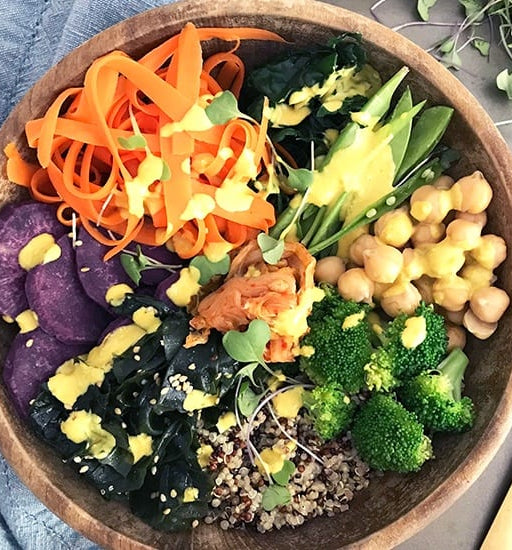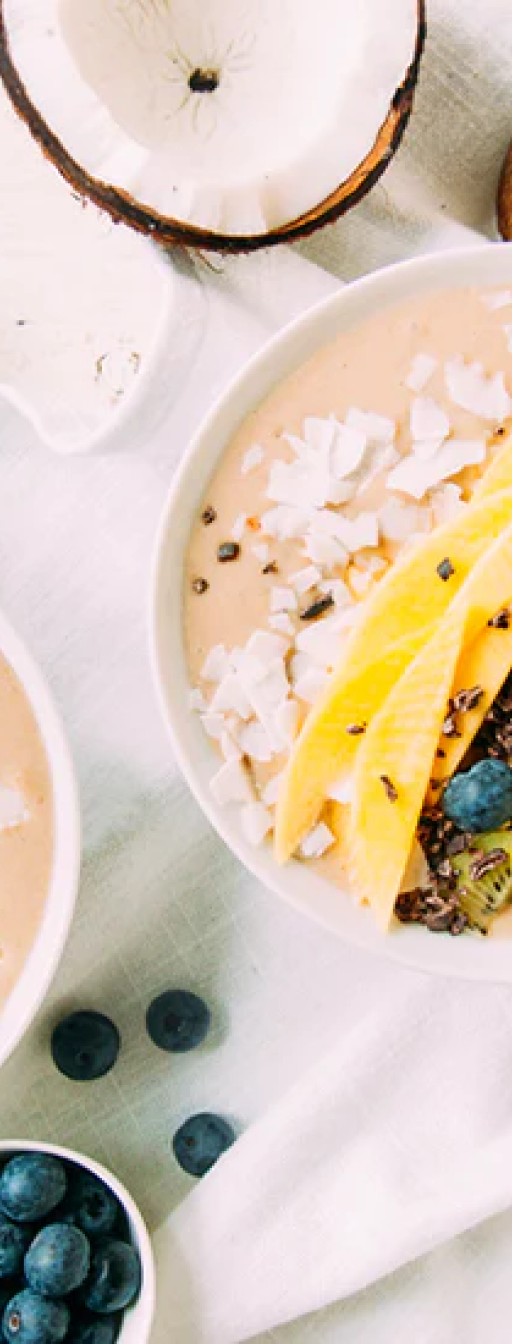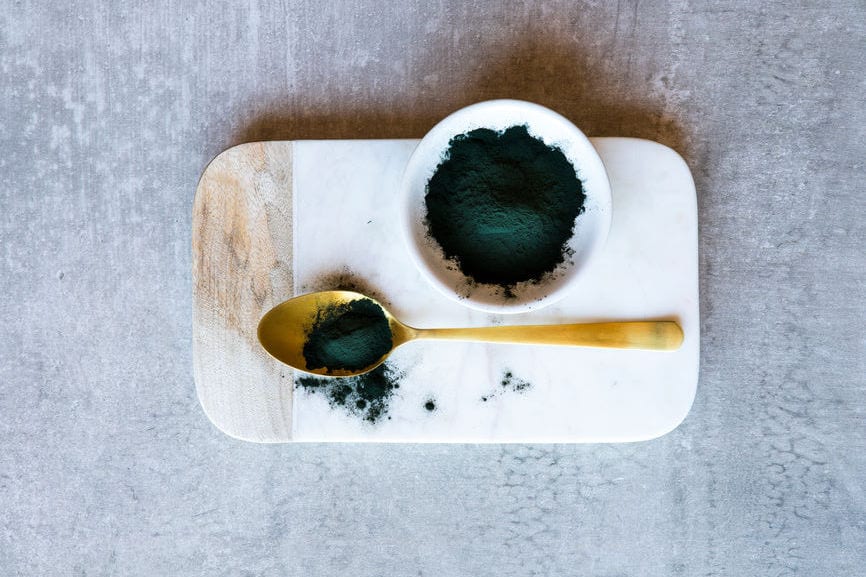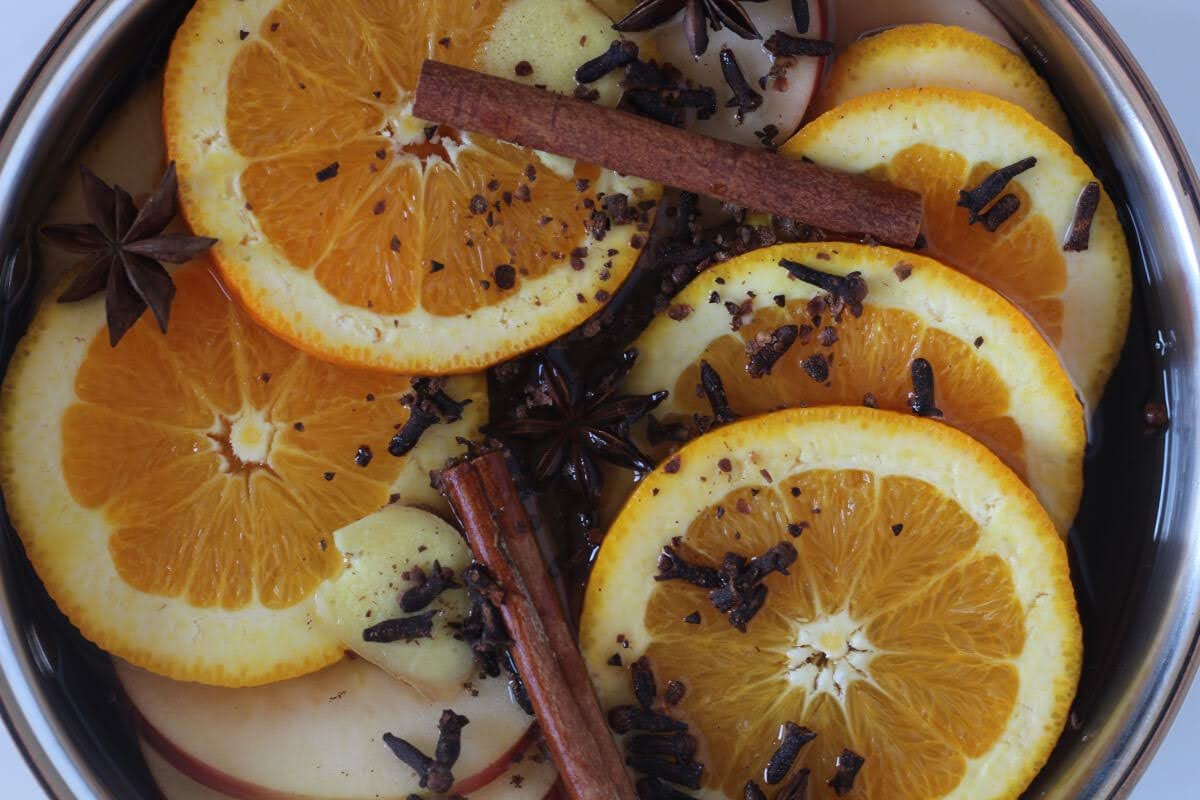
There are so many amazing green superfoods out there. They are readily available in various products on the market now, like protein powders, energy bars, greens powders and more. They can be very helpful in supplementing a healthy diet, bringing benefits to your lifestyle and general wellbeing. But you’ve probably wondered, what’s really the difference between chlorella, spirulina, moringa, wheatgrass, barley grass, and chlorophyll?
Here is a breakdown of some of the top green superfoods:
ALGAES
Chlorella
Chlorella is a blue-green algae, just like spirulina. It is rich with phytonutrients, including amino acids, chlorophyll, beta-carotene, potassium, phosphorous, biotin, magnesium and the B-complex vitamins.
Studies have shown that chlorella supports healthy hormonal function, promotes cardiovascular health, helps to negate the effects of chemotherapy, lowers blood pressure and cholesterol, and aids in the overall bodily detoxification process. Because chlorella contains essential amino acids, it is also a great source of protein that vegans and vegetarians can incorporate into their diet. Compared to spirulina, chlorella is also much higher in omega 3 fatty acids, which greatly support cardiovascular health.
More benefits:
- can aid in detoxifying radiation
- detoxifies heavy metals
- supports immune system
- promotes healthy weight loss
- can lower blood sugar and cholesterol levels
Chlorella has a super tough exterior cellular wall, making it difficult to digest and absorb. So if experimenting with a supplement, it’s best to use “cracked cell wall chlorella” tablets or powdered chlorella supplement because it’s readily absorbable.
Spirulina
Spirulina is similar to chlorella, as it is also a blue-green algae with huge health benefits. There are currently nearly 1,200 peer-reviewed scientific articles evaluating its health benefits. there are two species: Arthrospira platensis and Arthrospira maxima. Arthrospira platensis and Arthrospira maxima are cultivated worldwide and used both as a dietary supplement (in tablet, flake and powder form) and even whole food — and even for livestock and fish feed.
Spirulina is arguably one of the most nutrient-dense food on the planet. Unlike chlorella, spirulina lacks cellular walls, making it easy to digest. While you can consume it in many ways, we recommend adding it in the form of spirulina powder to your favorite smoothie or shake to get the full benefits while avoiding the slightly bitter taste.
More benefits:
- can aid in detoxifying heavy metals
- helps eliminate and protect against candida
- lowers blood pressure
- reduces cholesterol
- lowers chance of stroke
- boosts energy
- speeds up weight loss
- helps with sinus issues
- offers neuroprotection for brain disorders
- boosts memory
Similar to chlorella, spirulina is regarded as a “complete protein” source, meaning it contains all nine essential amino acids. Amino acids are considered important building blocks for the body, because they are used to break down food and convert it to energy, repair tissues, and assist in many other functions. This also makes spirulina a convenient plant-based protein option for vegetarians and vegans.
Don’t skimp on quality when using spirulina (or any supplement for that matter!). Contaminated spirulina, like some that comes from contaminated ocean water, can lead to negative side effects. Make sure you purchase from a reputable brand.
PLANTS
Moringa
Moringa oleifera is a plant, as opposed to an algae like spirulina, that is often called the drumstick tree. Moringa has been used for centuries due to its medicinal properties and health benefits. It is especially common in Ayurvedic medicine. It has potent antifungal, antiviral, and anti-inflammatory properties.
Moringa reduces inflammation by suppressing inflammatory enzymes and proteins in the body, and moringa leaf concentrate can significantly lower inflammation in the cells.
More benefits:
- protects the liver + kidneys
- treats stomach issues, specifically constipation, gastritis and ulcerative colitis
- boosts mood
- protects the cardiovascular system
- helps wounds to heal
- helps reduce the amount of glucose in the blood
- improves eye health
- helps the body absorb more iron
- helps to lower cholesterol and blood pressure
- helps the body convert fats into energy
- reduces fatigue and improves energy levels
Moringa is a rich source of vitamins, minerals, and amino acids. It contains vitamin A, C, and E; calcium; potassium; and protein. A study found that leaf extracts had higher antioxidant activity and free-radical-scavenging capacity than flowers and seeds. This plants biggest underlying benefit is the fact that it is a relatively potent antioxidant, which can help in many different ways.
GRASSES/CEREAL GRAINS
Wheatgrass
Wheatgrass is one green superfood that you may be a bit more familiar with. It seems like you can get it at almost any juice shop now. This grass can be grown and prepared at home, or purchased as a juice, powder or supplement.
Wheatgrass is a quality source of different vitamins, minerals and antioxidants. It is especially high in vitamins A, C and E, as well as iron, magnesium, calcium and amino acids. Wheatgrass also consists of about 70% chlorophyll, the pigment that gives plants their green color.
More benefits:
Wheatgrass itself does not contain gluten. Only the seeds of the wheat kernel contain gluten — not the actual grass. However, if you are very sensitive to gluten or have Celiac disease, stick to products that are certified gluten-free, and use another green superfood. If growing at home, be mindful of the wheatgrass growing mold.
Barley Grass
Barley grass is another grass that does not contain gluten. It has been used to treat issues such as skin inflammation, liver problems and blood issues as far back as 7000 BC. Fun fact: Barley grass contains 11 times more calcium than milk.
More benefits:
- can improve insulin resistance and lower sugar levels
- lowers cholesterol
- aids in healthy weight loss
- eliminates toxins from cells
- promotes normal sleep cycles
- regulates blood pressure
- enhances immunity
- protects the liver
- improves gastrointestinal function;
- has anti-inflammatory and antioxidant effects
You can find barley grass both in powdered and juiced form. Incorporate it however you’d like!
Chlorophyll
Chlorophyll is a type of plant pigment responsible for the absorption of light in the process of photosynthesis, which creates energy. Plants couldn’t live without chlorophyll. This alone will tell you how powerful this superfood is. We commonly see it in the form of liquid chlorophyllin — a similar semi-synthetic mixture made in laboratories, often called liquid chlorophyll. This antiviral is a big disease fighter and has been shown to protect DNA from damage caused by toxic molds like aflatoxin.
More benefits:
- improves liver detoxification
- can bind to potential carcinogens and interfere with how they’re absorbed
- lower inflammation caused by injuries or wounds
- promote healing
- aids in body odor
- speeding up waste elimination
- reduces constipation
- is a strong antioxidant
- boosts the immune system
Chlorophyll and spirulina are both found in our Greens mix – a superfood blend of grasses, algaes, herbs, and adaptogens to help you feel your best. Add a scoop to your morning shake or after a workout in some water for some amazing health benefits.
Written by Hannah Aylward
If you enjoyed this article, you might also like Good Morning Moringa Smoothie Recipe
